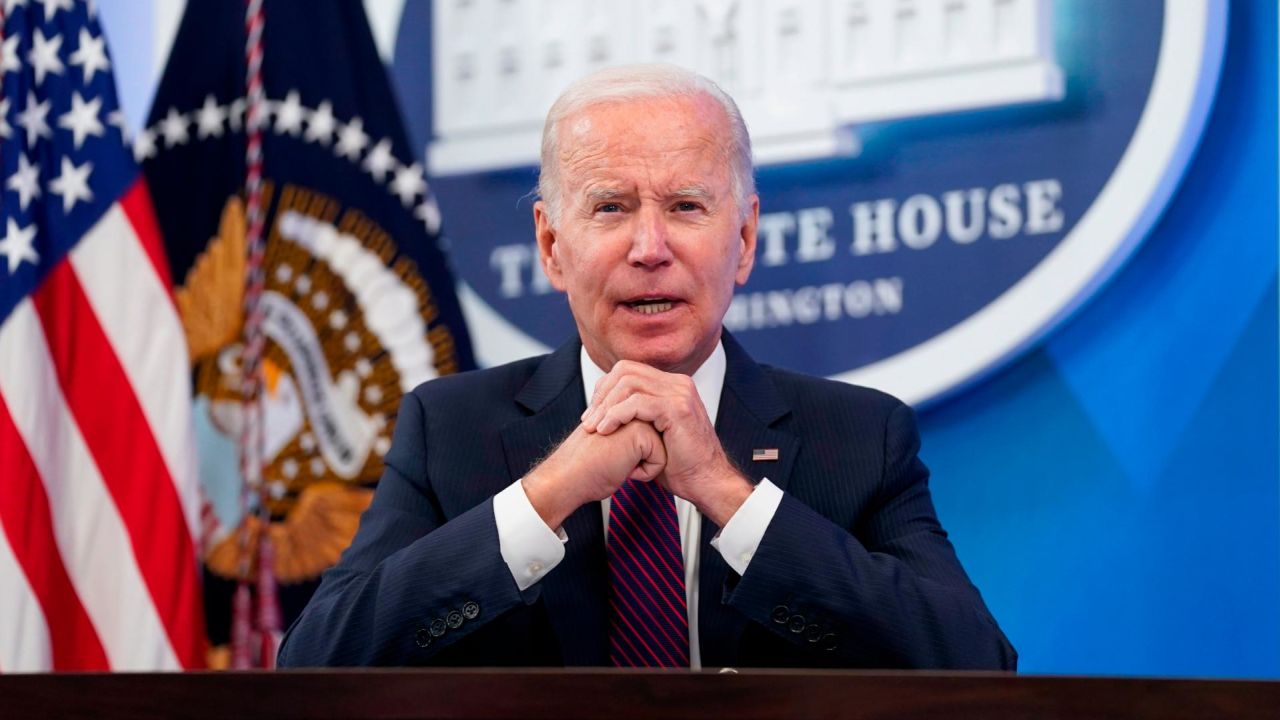A concern that the labour market isn’t cooling as quickly as the Federal Reserve would like in its fight against inflation is highlighted by the US economy’s 336,000 job gains in September.
The nonfarm payroll increases were almost twice as high as the 170,000 economists polled by Bloomberg had predicted. According to data from the Bureau of Labour Statistics, revisions to the August and July jobs reports made public on Friday revealed that 119,000 more jobs were created during those months than originally estimated.
The unemployment rate was constant from August in September at 3.8%, which is the lowest it has been since February 2022.
According to Ellen Zentner, chief US economist at Morgan Stanley, “today’s report was undeniably strong.” Too strong for policymakers to abandon their propensity towards tightening. Although inflation has been slowing down more quickly than the Fed had anticipated, the strength of job growth will continue to raise concerns about whether this rate of deceleration will be sustained.
With a monthly increase of 0.2% and an annual increase of 4.2%, wages, a carefully studied barometer of how much power workers have, increased less than anticipated last month. According to economists, earnings should have increased 4.3% from last year and by 0.3% from last month.
The labour force participation rate rose to 62.8%, the highest level since February 2020, while remaining stable. At 34.4, the average weekly hours likewise stayed the same.
With support from numerous industries, September recorded the greatest monthly job total since January. According to Friday’s figures, 96,000 new positions were added in the leisure and hospitality sector. The number of people employed in restaurants and bars increased by 61,000, returning to pre-pandemic levels.
Prior to the Federal Reserve’s next policy meeting on November 1, the labour market will likely continue to be a crucial element in how the central bank interprets the economy.
On September 20, Fed Chair Jerome Powell emphasised that for inflation to continue falling near the Fed’s 2% target, there must still be “some softening” in the labour market. Powell has cautioned that if that isn’t consistently observed, it might force the Fed to hike rates once again.
Powell said in a lecture at the Jackson Hole Economic Symposium that “evidence that the tightness in the labour market is no longer easing could also call for a monetary policy response.”
Following the release of the report, bets on the Federal Reserve’s next move were heavier on a rate hike in November. Markets were pricing in a 29% likelihood of a rate hike in November as of 9 a.m. ET on Friday, up from an 18% chance the week before.
Rising yields and concern over the Fed’s “higher for longer” stance on interest rates had caused stocks to decline. The report from Friday increased such losses. The news caused all three of the major averages to decline, while the 10-year and 30-year Treasury yields increased.

